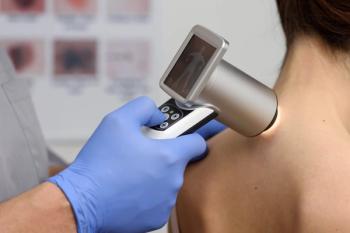
OOP Costs Are High Despite the Level of Care, Study Finds
Authors of the study, which was published in Jama Network, found that patients with commercial insurance had total and OOP costs that varied by facility for common EGS conditions without any association with quality of care, even after adjusting for patient, insurance, and clinical factors.
The quality of care for emergency general surgery (EGS) conditions doesn’t seem to matter when it comes to cost. Findings from a recent study are showing that out-of-pocket (OOP) costs for emergency surgeries are higher despite the level or quality of care received.
Authors of the study, which was published in Jama Network, found that patients with commercial insurance had total and OOP costs that varied by facility for common EGS conditions without any association with quality of care, even after adjusting for patient, insurance, and clinical factors.
Data revealed the mean OOP costs for EGS at top decile facilities was $3,021 compared with $2,238 for the bottom decile.
According to the report, one in five households in the United States are in medical debt, totaling $88 billion, one and 11 million U.S. adults experience catastrophic levels of OOP spending annually. Researchers say little is known regarding variability in OOP spending and quality of care for EGS conditions.
However, what is known per authors is that patients with these conditions lack the option to shop for high-quality emergency care, which is often more costly than elective surgical care. This then places patients with EGS conditions at high risk for financial vulnerability.
To improve price transparency, possibly help mitigate the financial burden of surgical care and give patients the ability to compare services, authors reviewed 23,450 EGS admissions at 612 facilities from 2016 to 2019. Identified were adults aged 18 to 64 years who were admitted through the emergency department for appendicitis, cholecystitis, small-bowel obstruction, or diverticulitis.
Calculated were the facility-level, risk-adjusted mean and reliability-adjusted mean OOP and total payer costs for the index admission plus 30 days. Authors used risk-adjusted and reliability-adjusted multivariable linear regression to compare costs and quality across facility deciles.
Outside of OOP costs, researchers found that the mean total payer spending for top decile facilities was $32,146 compared with $26,513 for the bottom decile.
According to authors, these results suggest that blunt application of cost sharing for EGS may be ineffective for emergency surgical conditions, as patients are unlikely to overconsume high acuity, nondiscretionary surgeries.
Despite the low likelihood that cost sharing results in decreased unnecessary health care use, patients are continuing to pay high and unpredictable OOP costs.
Policy solutions are needed for vulnerable patients undergoing these procedures who are neither getting what they pay for nor able to pay for what they get.
Authors suggested a potential solution to this issue would be eliminating deductible spending for surgical emergencies and making such care predeductible. Alternatively, insurers could also apply means-based deductible limits for emergency procedures not susceptible to overuse.
Newsletter
Get the latest industry news, event updates, and more from Managed healthcare Executive.






















































